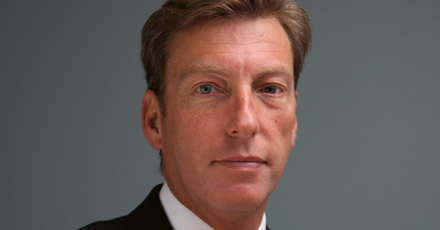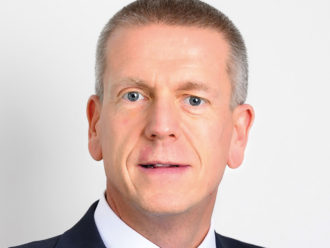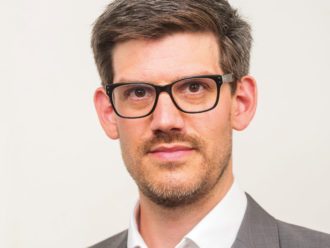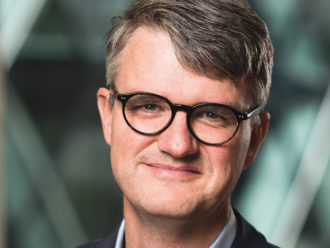So if the challenge in the infrastructure space is finding assets, does that mean that the illiquidity premium is shrinking?
Yes, there is a danger in some areas that the size of the illiquidity premium is shrinking. But in the case of alternative assets we are dealing with investment cycles which can last a long time.
Making commitments today doesn’t necessarily mean that the money will be invested today. It will be invested over a period of time, sometimes years, before these assets actually get bought. So as an investor you have to be patient with these assets.
You have hedge funds in your portfolio. This is not the asset class I expect to find in a portfolio designed for low volatility.
We have a relatively low allocation to hedge funds. There are a few things to say on hedge funds. The recent performance of the major hedge fund groupings, I don’t mean particular firms I mean types of hedge funds, has been pretty poor.
The industry is struggling to reinvent itself. There are a number of strategies and approaches that have been successful in the past that have ceased to be as successful recently.
A number of people are endeavouring to understand why they are not as successful as they have been in the past and to innovate and come up with new strategies. We are in a period where those new strategies haven’t quite taken over and the old ones have not been working as well as they have done in the past.
The PPF’s aim is to be financially self-sufficient by 2030. Are you confident that will be achieved?
Yes, we are. There is some detailed work that goes on at the PPF around modelling that future trajectory for the fund. The uniqueness of what we do here at the PPF is sometimes overlooked by people. There is not another organisation like us in the country or indeed in Europe.
We are certainly a pension fund but there is also that insurance element as well where we insure the schemes which are off our balance sheet.
Modelling the influence of the off-balance sheet liabilities, the on-balance sheet liabilities with the prospective asset returns and various other variables like longevity all comes together within the PPF. There are some pretty good people that do all that stuff and work out the probability of us succeeding. It is fair to say that the probability [of achieving this] looks pretty high.
Given the role we perform within the financial services industry as the backstop, we should be there in times of trouble. Therefore to make sure this is the case we do have to have that financial soundness within the organisation otherwise there is a risk that we would not be able to perform that role.
Our modelling work suggests that under the vast majority of scenarios, we would be able to perform that role.




